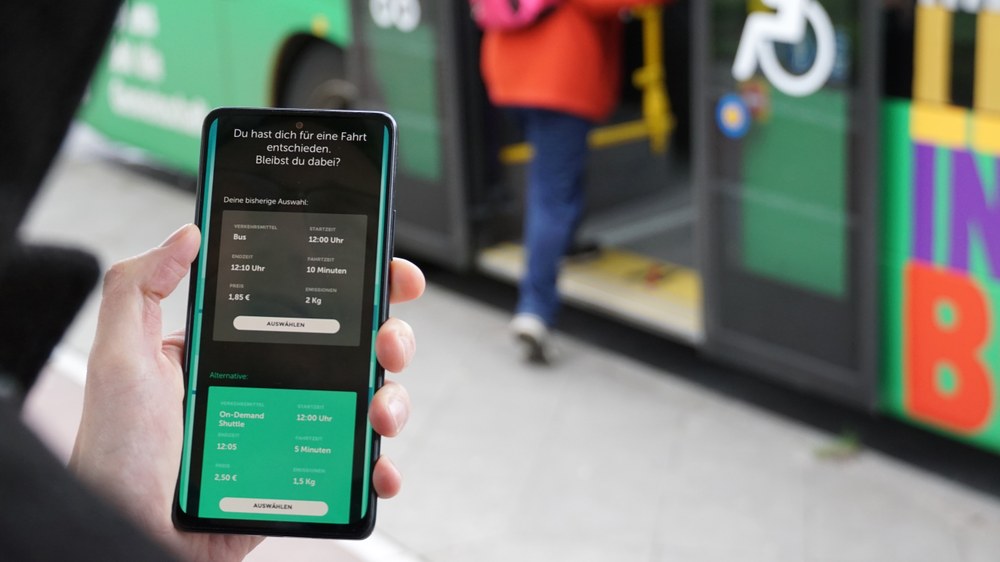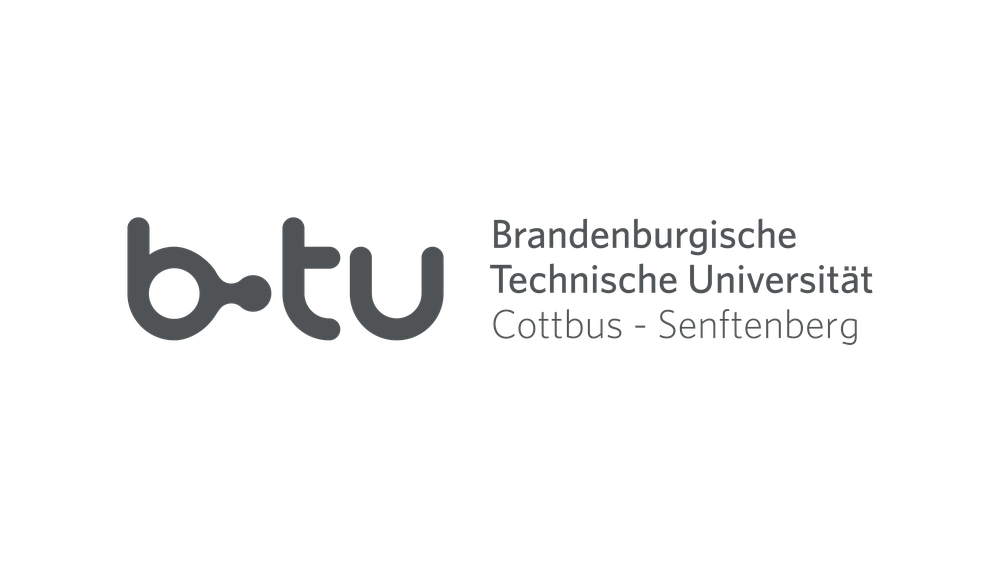CTran Poster
Initial results from the user workshop and project overview
Rural areas are facing major challenges, particularly in lignite mining regions. Structural change is leading to a decline in the number of employees in the relevant industries. This is accompanied by a decrease in the availability of critical infrastructure and a change in mobility patterns towards an increased use of the private car, whereby certain groups of people are dependent on local public transport. However, the latter frequently becomes less attractive due to the overall decline in demand. At the same time, new connected mobility services offer the potential for more cost-effective and needs-orientated mobility. The question is therefore: "Which of these new services are likely to increase the attractiveness of local public transport and to what extent?"

CTran is using a novel approach to determine this potential. Up to 500 individuals generate data during their everyday route search using a journey planner app specially customised for the research project (see image). They are presented with familiar means of transport and their characteristics ( for example, travel time and price), as well as new, previously non-existent mobility options, including electric rental bike, automated ferry, carpooling and on-demand bus. People can decide whether they want to use a new service for their trip or remain with the old one. The data generated is used in transport models to estimate the potential for public transport in the region.
The project brings together research institutions, transport operators and software developers. This enables the preparation of potentially successful new services for implementation. As the analysis of demand is based on extensive empirical data, the corresponding services have a high chance of success. For example, the project was instrumental in driving forward the planned implementation of an on-demand bus service in a municipality in Lusatia. Another focus of the project is the investigation of gamification, in other words the influence that game-like elements have on people's behaviour. DLR's large-scale research facility MovingLab is also being used for this purpose. This makes it possible to track routes and likely means of transport used via sensor data from smartphones. This enables to find out whether the routes and means of transport searched for and selected are actually used. This knowledge is important to put the results into context, but also for the development of timetable apps.

Brandenburgisch-Technische Universität Cottbus-Senftenberg

DB

DB

DB

